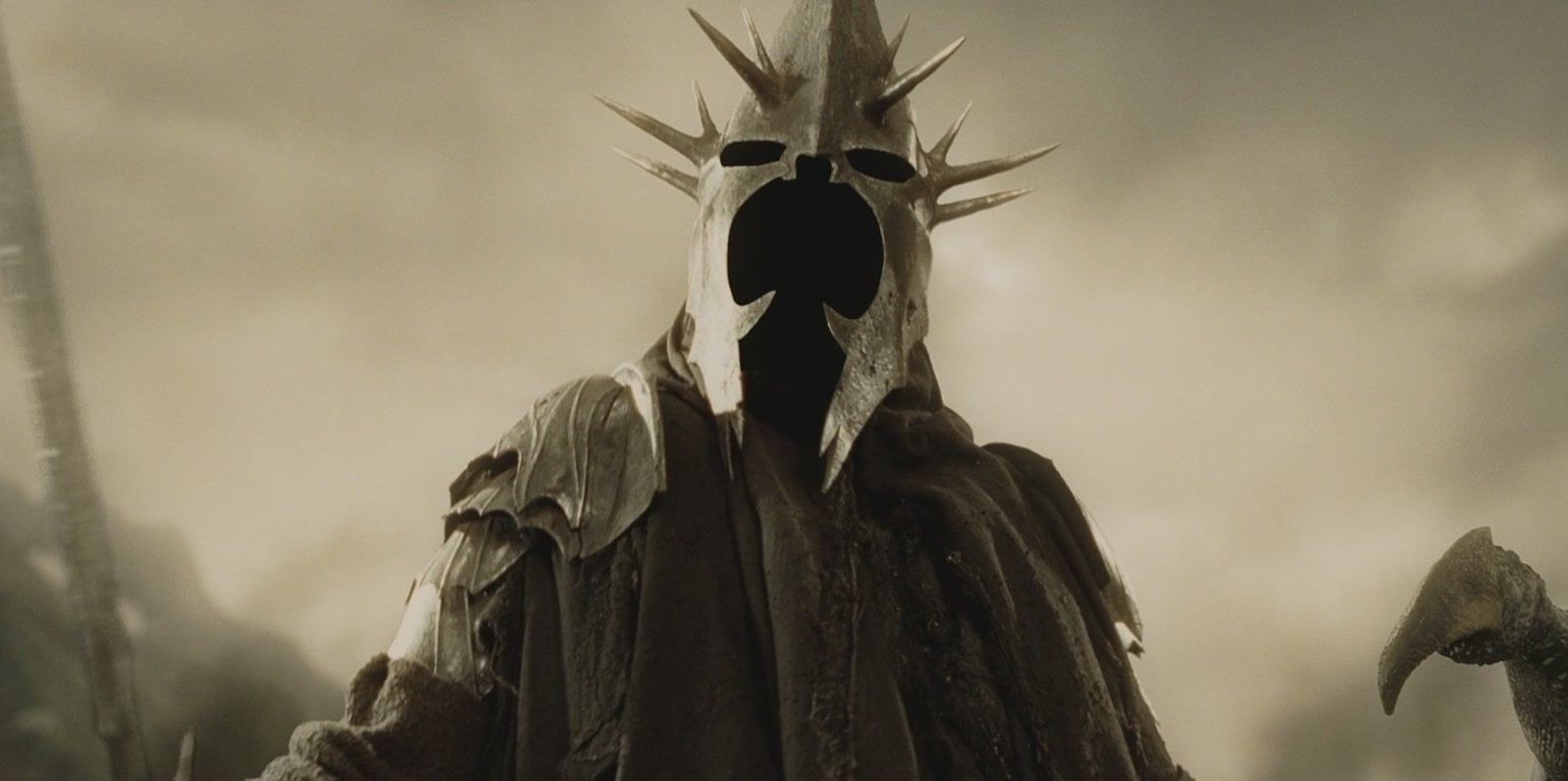
Sauron may be the primary antagonist throughout The Lord of the Rings, but without a physical form, he relied solely on a number of lieutenants to carry out his wishes. Saruman the White may have succeeded in raising an army on the Dark Lord’s behalf, but it was ultimately the Witch-king of Angmar who came closest to obtaining the One Ring from Frodo. With the aid of his fellow Nazgul, the Witch-king attacked Weathertop and succeed in stabbing the hobbit with a Morgul blade. If not for Elrond's expertise, this wound would have turned Frodo into a wraith, likely resulting in Sauron's swift victory.
The Witch-king didn't stop there, and the leader of the Nazgul led a number of charges against the armies of men and elves before ultimately meeting his demise at the hands of Eowyn and Merry. Who exactly was the Witch-king? How strong was he compared to the other mighty characters in J.R.R. Tolkien’s work of epic fantasy?
Even to this day, much of the character’s origins remain shrouded in mystery. While we know he was once a mortal man, his true name and life prior to becoming a wraith remain unknown. Even his title of "Witch-king" wasn't established until later on in his life when he ruled over the kingdom of Angmar in service of Sauron. Throughout this time, the Witch-king and the other Nazgul demonstrated powers and abilities that were not widely seen throughout Middle-earth.
Here are the 20 Strangest Details About The Witch-King's Anatomy.
20 He’s a descendant of Numenor
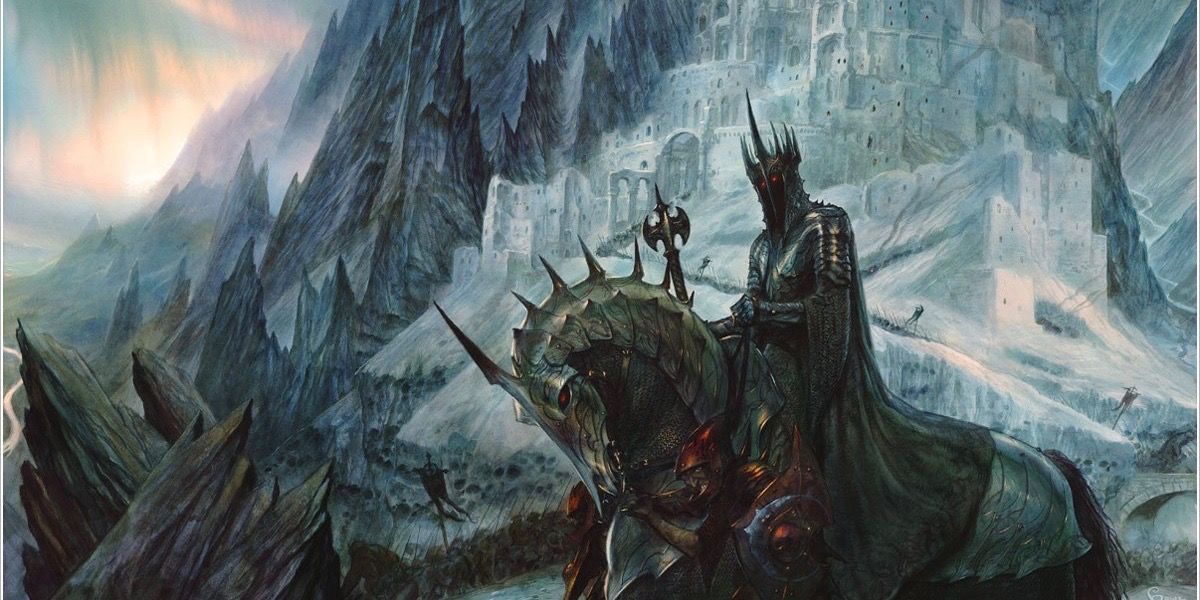
Little is known of the Witch-king of Angmar before he was transformed into a wraith and made the leader of the Nazgul. Even his original identity remains unknown — though many Tolkien fans have theorized over which ancient king or sorcerer would have been worthy enough to serve as Sauron’s second-in-command. However, it’s long been accepted that the Witch-king was previously a member of the Numenorean race. Numenor was a star-shaped island located in the Great Sea west of Middle-earth.
It was a kingdom of Men, though the Numenoreans had superior strength and power to the Men of Middle-earth.
With three of the Nazgul said to hail from Numenor, it only makes sense that the Witch-king would be amongst these superior beings.
19 He’s not alive, but not deceased
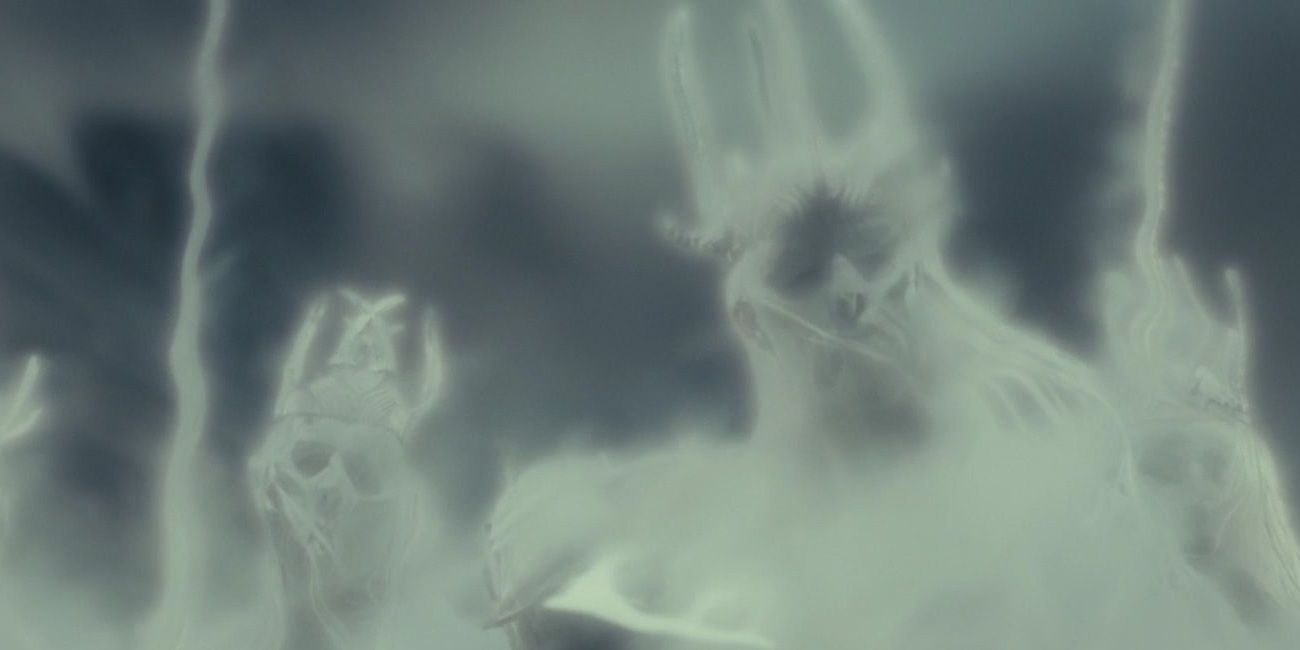
Despite being the most well-known of the Ringwraiths, there’s still a lot that we don’t know about the Witch-king. For one, it’s unclear whether he was actually a king during his mortal life, as The Silmarillion describes the nine as great kings, sorcerers, and warriors after they were gifted the Rings of Power by Sauron.
What we do know is that these rings eventually robbed the nine of their mortality. Their physical forms began to fade away until they were nothing but wraiths. They have been described as neither alive nor deceased, which is no doubt why they are one of the hardest enemies to defeat. In fact, it's been speculated that they can never be totally destroyed; only cast out until they regain their powers once again.
18 He’s invisible
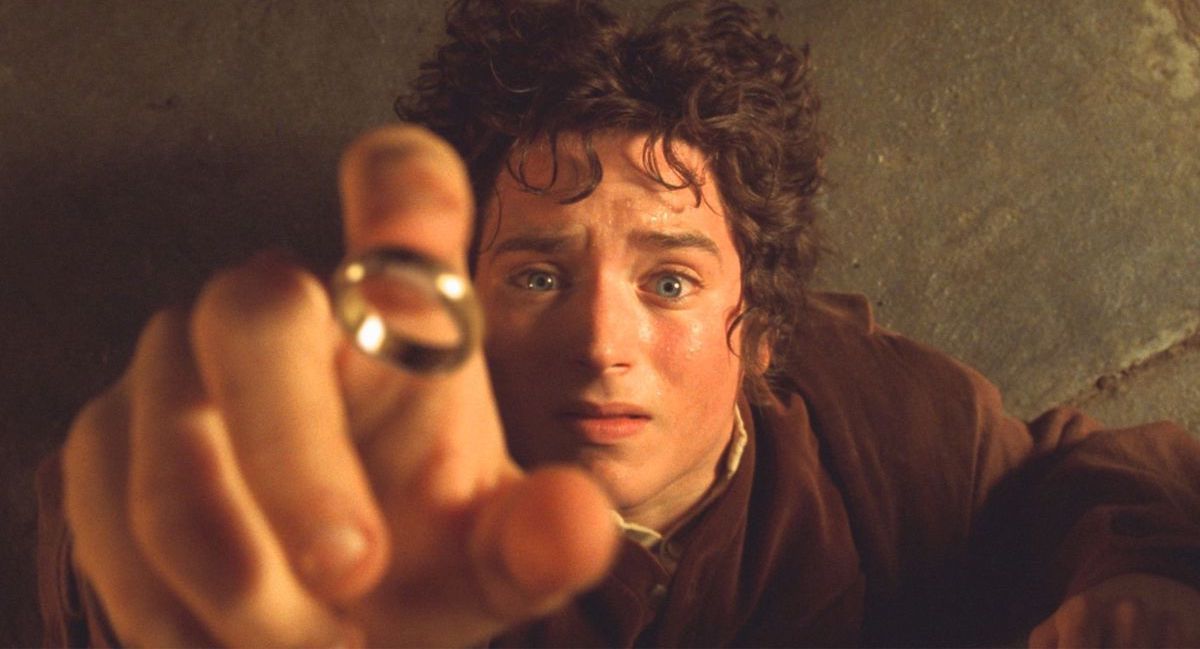
Because the Witch-king is between life and the grave, he is completely invisible to the mortal eye. This goes for all nine of the Nazgul, who were said to have faded from their physical forms after continuously wearing the Rings of Power. Though Sauron was said to have later held their rings — granting him even more power over the Nazgul — they continued to be invisible.
As seen in the movies, only the wearer of the One Ring can see these creatures, who appear as pale beings in white robes.
The Witch-king was said to have long, gleaming hair when Frodo saw him in his true form on Weathertop, as was also brought to life in The Fellowship of the Ring.
17 He’s over 4,000 years old

Though little is known about the Witch-king’s life before he became a wraith, the Lord of the Nazgul first appeared in the Second Age during the year 2251. He would serve under Sauron for over a thousand years before the Dark Lord was defeated by Isildur during the War of the Last Alliance.
Just as Sauron seemed to disappear from existence, so did the Witch-king and the remaining Nazgul. Of course, they would all make a return during the Third Age. This would put the Witch-king at over 4,200 years old upon his defeat at the hands of Eowyn and Merry. While that may sound mighty old, a number of Tolkien characters had been around before Middle-earth even came into existence, which would put a being like Sauron at over 50,000 years old.
16 16. He can cast spells
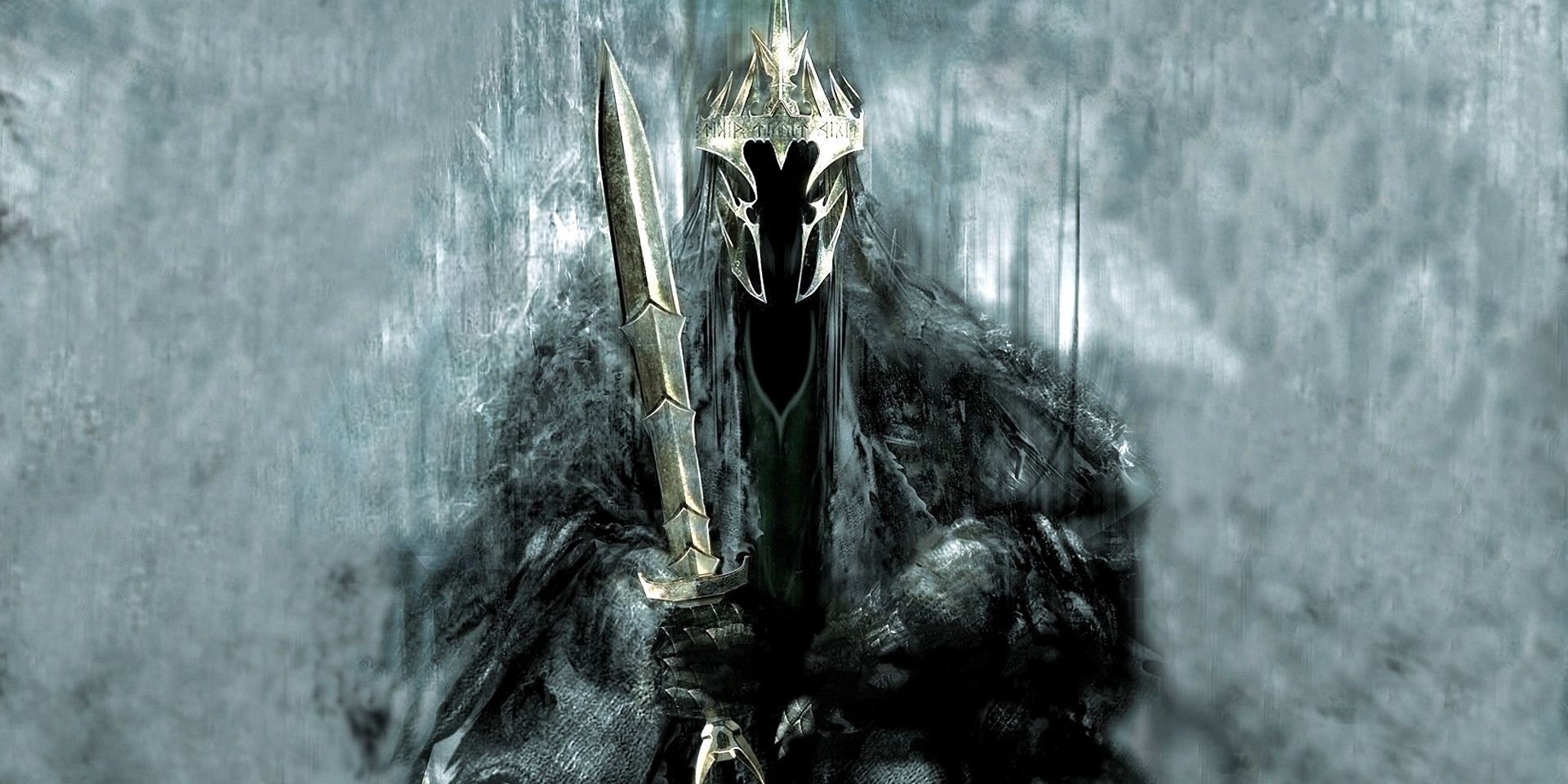
While he may not be the best in a one-on-one sword fight, the Witch-king has certainly proven himself a vital asset on the battlefield. Even just his presence can instill fear in the opposing side, especially when he’s spotted riding atop his fellbeast.
The Black Captain also has a number of spells up his sleeve, the powers of which are never thoroughly explored.
For instance, during the Battle of Pelennor Fields, it’s implied that the Witch-king used a spell to help the great ram break down the Gate of Gondor. He cries out in a forgotten language in tandem with the swinging ram, which needs only three hits to breach Minas Tirith. Why the Witch-king doesn't rely on this magic more often is never fully explained.
15 His body can shatter weapons
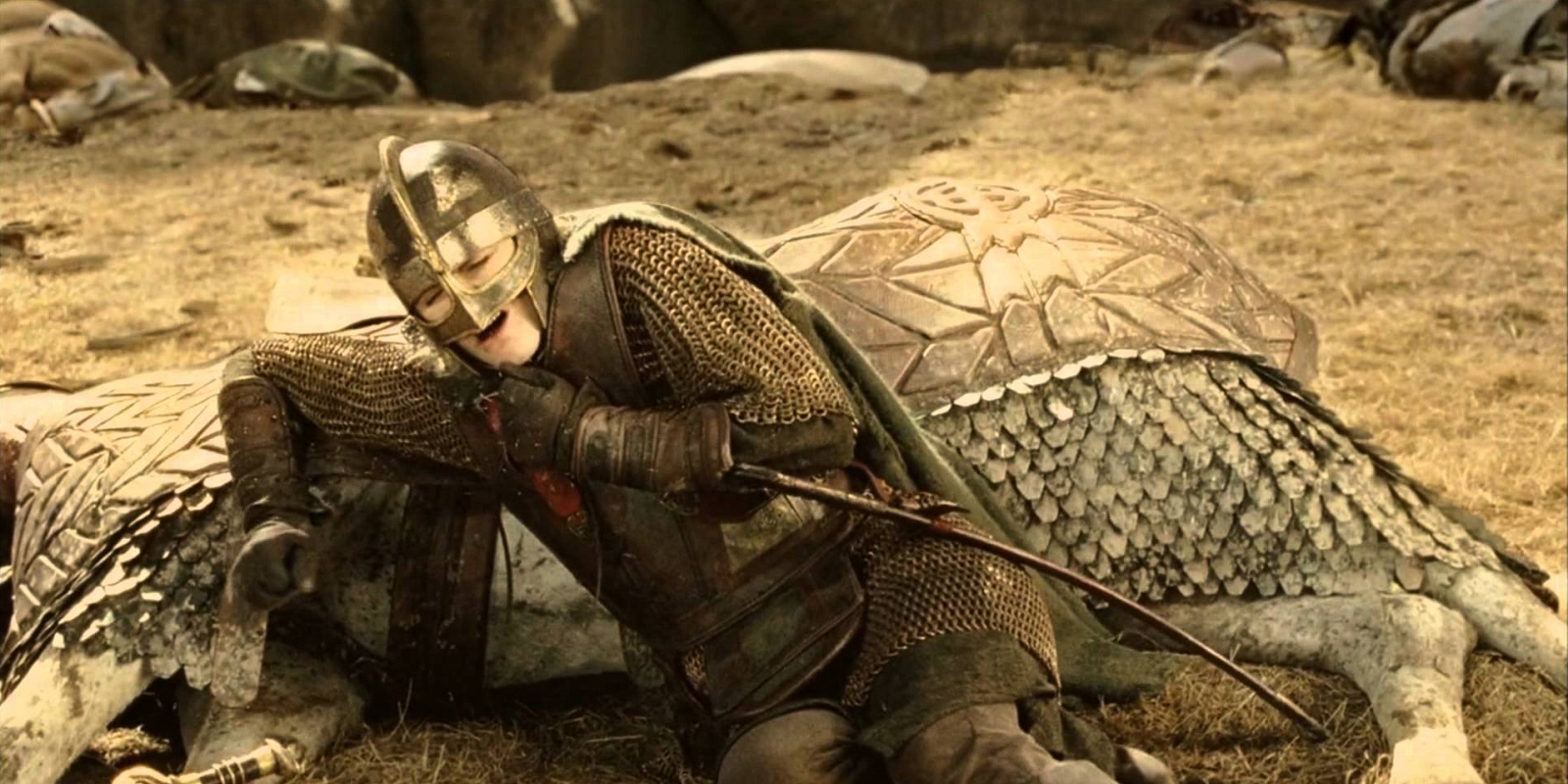
On top of having a number of offensive powers against his enemies — including the Black Breath and his ability to cast spells — the Witch-king of Angmar has a number of nearly-insurmountable defenses as well. In the books, the Black Captain is described as having the ability to shatter weapons, either when they come into contact with his body or by using nothing but his voice. This is no doubt why Aragorn favored his torch rather than his sword while facing off against the Nazgul on Weathertop.
When Merry stabs him in the back of the leg during the Battle at Minas Tirith, it even appears as though the hobbit's blade disappears. However, Eowyn’s blade seems to come away mostly intact, likely because it was the weapon that defeated the Witch-king once and for all.
14 His body emits fear
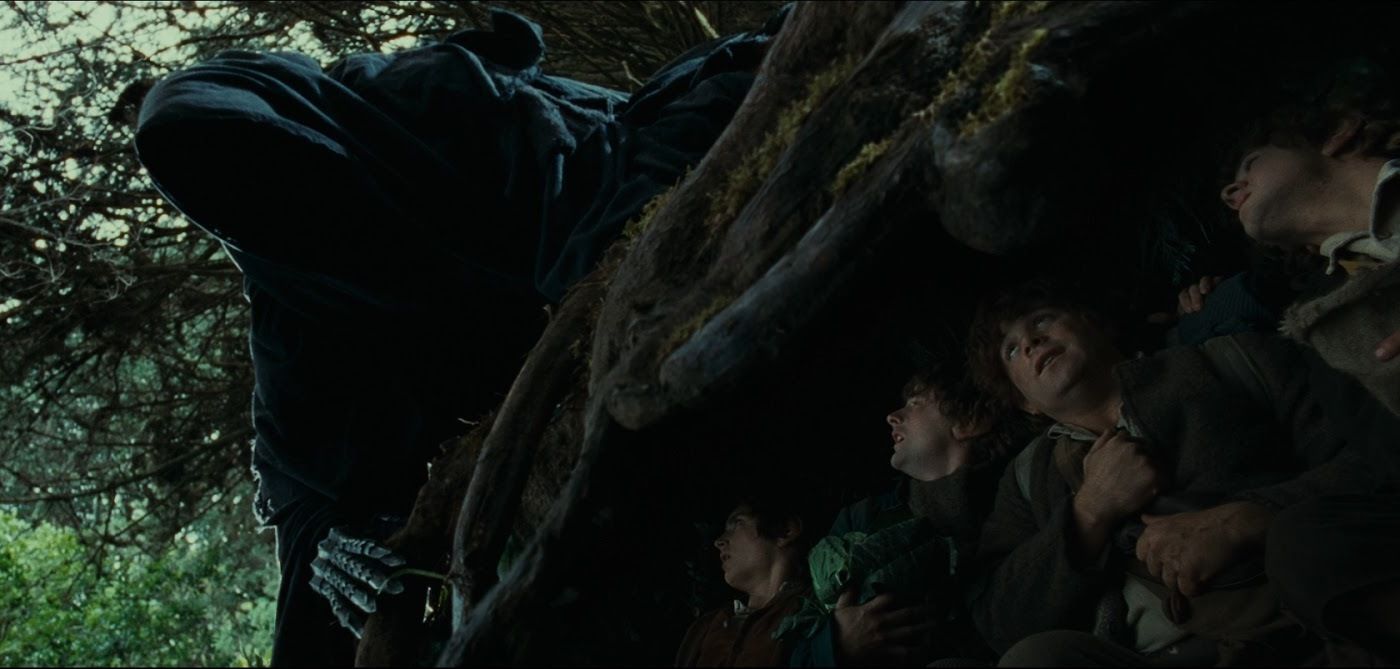
Of course, just one look at a towering figure hiding in a black cloak would be enough to send a shiver down anyone’s spine. The primary power that the Nazgul have is that their bodies literally emit fear. Therefore, it’s not as if everyone who comes across their path is normally afraid to fight, just that they're physically left frozen in a terror which may be beyond their control.
In the novels, it says the Witch-king’s power to instill fear only increases at night.
Also, if he were to go without his cloak, his intangible presence would be even more unsettling to those nearby. However, invisibility isn't exactly cinematic, which might help explain why the Nazgul are always seen either cloaked or armored in the films.
13 He has eyes of fire

In the novels, the Witch-king isn’t just invisible beneath his black robes and armor, he’s actually mentioned to have eyes that burn like fire. This is one detail that was probably best left out of the films. Not only would it have been a little cliche to see fiery eyes burning within the shadow of his hood, but it would have taken away from the fiery eye of Sauron — which is such an iconic image throughout the trilogy.
To work around this, the filmmakers instead gave the Black Captain a large helm in the third film, which helped set the character apart from the other Nazgul while still leaving what was hiding beneath the cloak and armor as a mystery.
12 He’s not as physically powerful as many believe
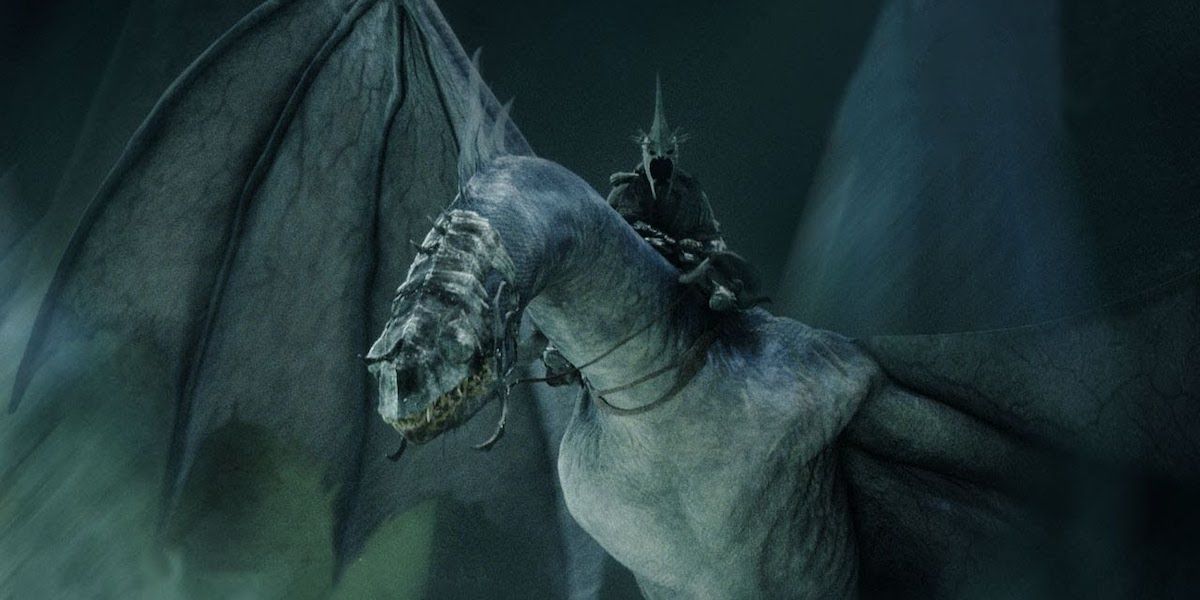
The way that he is painted in the films, the Witch-king of Angmar comes across as one of the most physically-imposing forces currently walking Middle-earth. While he is indeed powerful, the majority of the Black Captain’s capabilities actually stem from the fear that he instills in others, rather than his physical prowess on the battlefield.
He may be near impossible to destroy completely, but that doesn’t mean he could best someone like Gandalf or Galadriel in a duel.
Even Aragorn manages to fight off the Witch-king and a number of the other Nazgul single-handedly on Weathertop. In other words, the Witch-king's greatest assets are magic and fear. When those fail him, even a mortal swordsman can stand their ground against the Ringwraith.
11 His powers are bound to Sauron’s
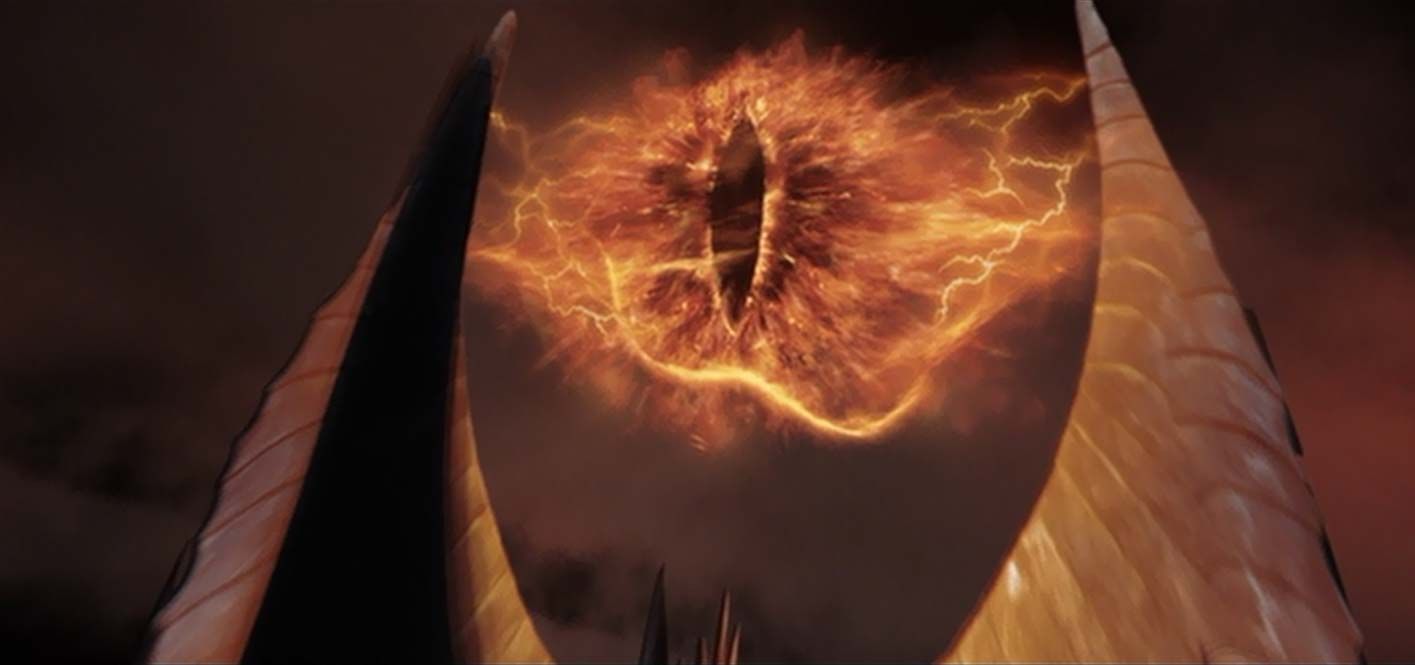
One reason that the Witch-king’s capabilities seem to fluctuate greatly throughout his time in Middle-earth is likely because his powers are bound to the Dark Lord Sauron. Ever since the Black Captain accepted one of the nine Rings of Power, his fate became intertwined with his master. Whenever Sauron would suffer a defeat and disappear from Middle-earth, so would the Witch-King and the other eight Nazgul.
While the Ringwraiths are forever in the service of Sauron, one of the reasons that they so desperately want to track down the One Ring is because their powers would increase dramatically should they get it back to their master.
10 He’s stronger at night
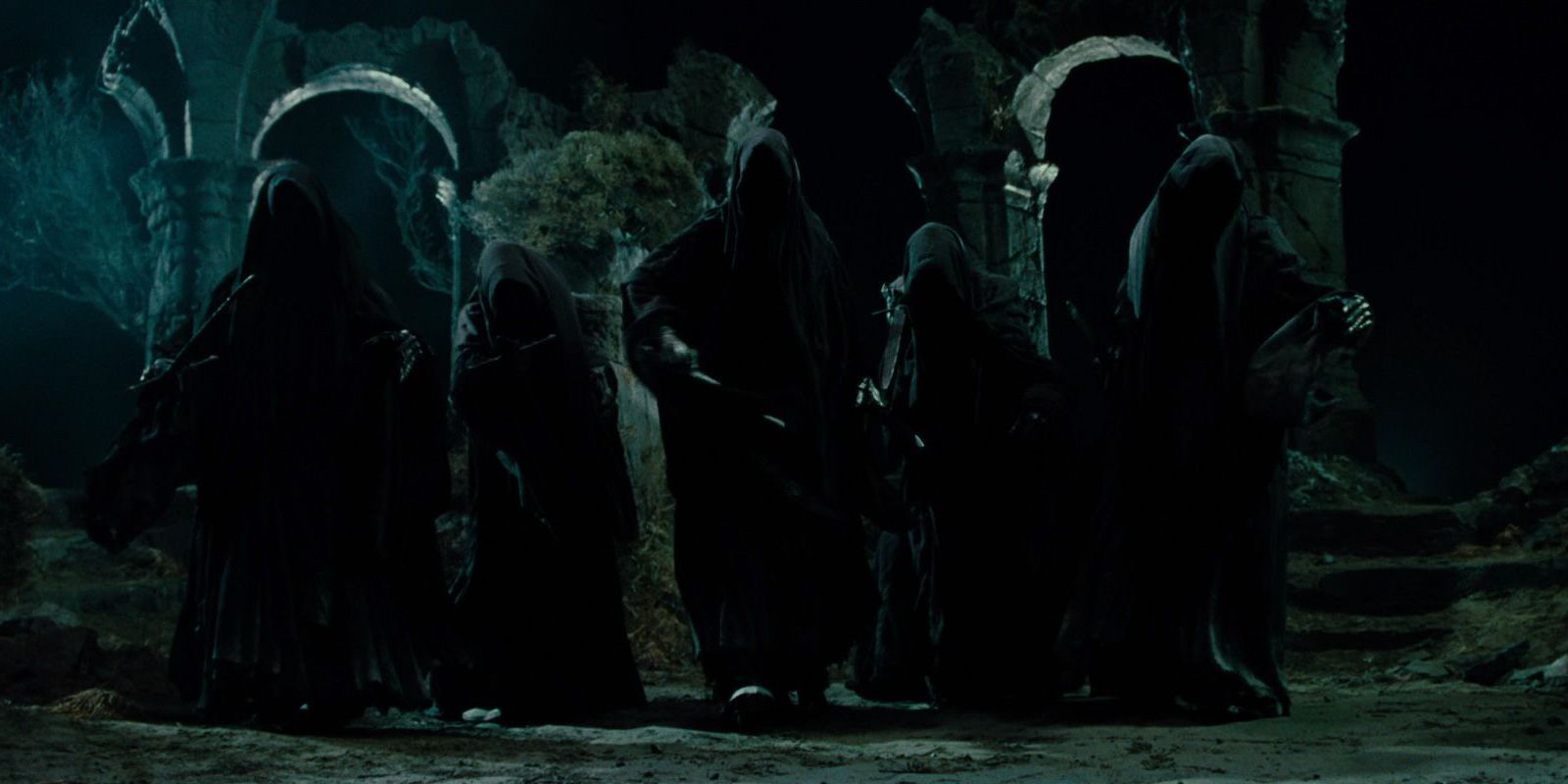
Because the Nazgul’s powers largely revolve around terror, it only makes sense that the Witch-king’s strength would increase at night.
This explains why throughout the first film, they are largely only seen after sunset.
Not only do they rely on the cloak of darkness to keep their identities hidden, but the Witch-king uses his alarming presence to instill additional fear in those he interrogates. Of course, as the trilogy goes on and Sauron’s powers begin to increase, so do the Witch-king's. In the later films, he no longer seems to have a preference for appearing only at night, as he often has an army at his disposal and a fellbeast to ride around on.
9 Fire is his weakness
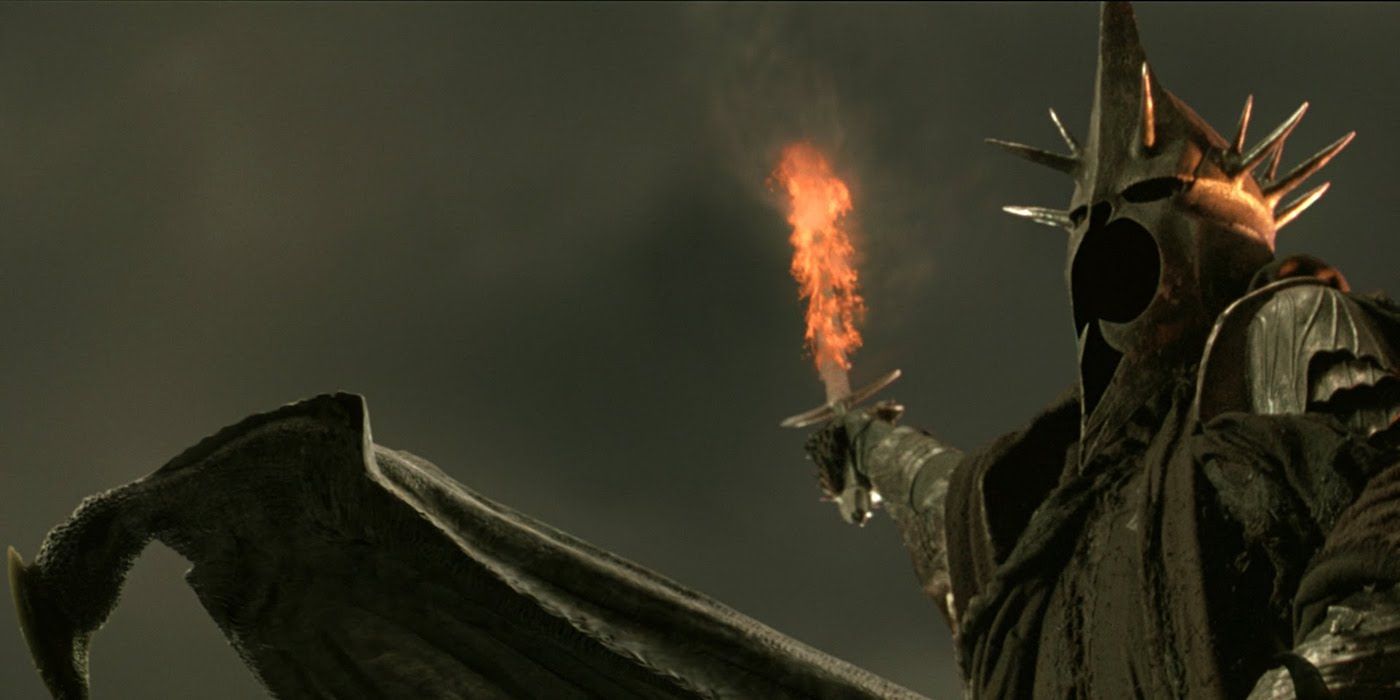
In both the novels and the films, the Witch-king and the other eight Nazgul are said to be afraid of fire. Aragorn tells this to the hobbits during their trip from Bree to Weathertop. It is on full display when five of the Ringwraiths, led by the Black Captain, mount an attack on the ancient watchtower. As opposed to just using his sword, Aragorn wields a torch to fend them off, setting fire to the creatures’ robes.
However, we also see throughout the story that the Witch-king is not so afraid of fire that he won’t try to use it as a weapon himself. He even sets his own sword ablaze during battle. His eyes are also said to be made of fire in the books.
8 He’s less afraid of water and sunlight than the other Nazgul
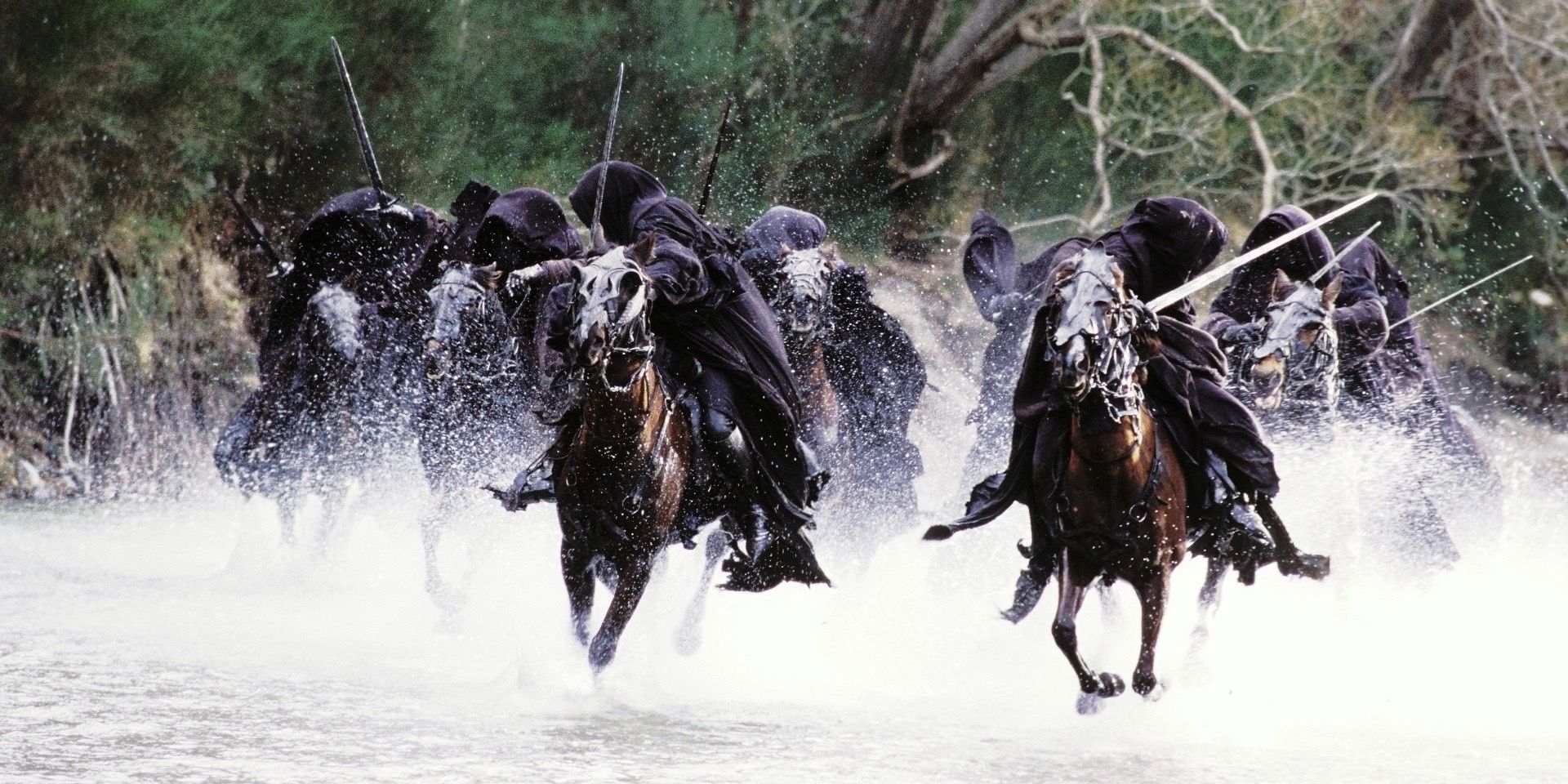
In The Fellowship of the Ring, it becomes quickly apparent that the Nazgul are afraid of water. While the nine of them give chase to Arwen and Frodo, they suddenly stop short when it comes to crossing a shallow river.
In the novel, the Witch-king heads into the river first, followed by two other Nazgul.
It’s not a stretch to believe these to be the three Numenorean Nazgul — as they once hailed from a kingdom surrounded by water and would likely be less afraid of it. The Witch-king is also the only Ringwraith who has a tendency to stray from the pack during the daylight, which explains why he’s often seen by his lonesome throughout the second and third film.
7 His breath can drive people crazy

Definitely one of the weirder details about the Witch-king and the other Nazgul is the condition they can cause in others, known as the Black Breath. This is an extension of the fear they instill in both man and animals, and it is a result of close contact with the Ringwraiths. Its effects can range from unconsciousness to fatality, and in the films, Frodo is overcome with the Black Breath on a number of occasions.
However, while it may sound like the Nazgul’s breath is literally the source of the condition, it’s far more likely that the unsettling atmosphere they give off torments those around them. Otherwise, avoiding this plague would be as easy as plugging one's nose.
6 A King’s crown sits atop his head
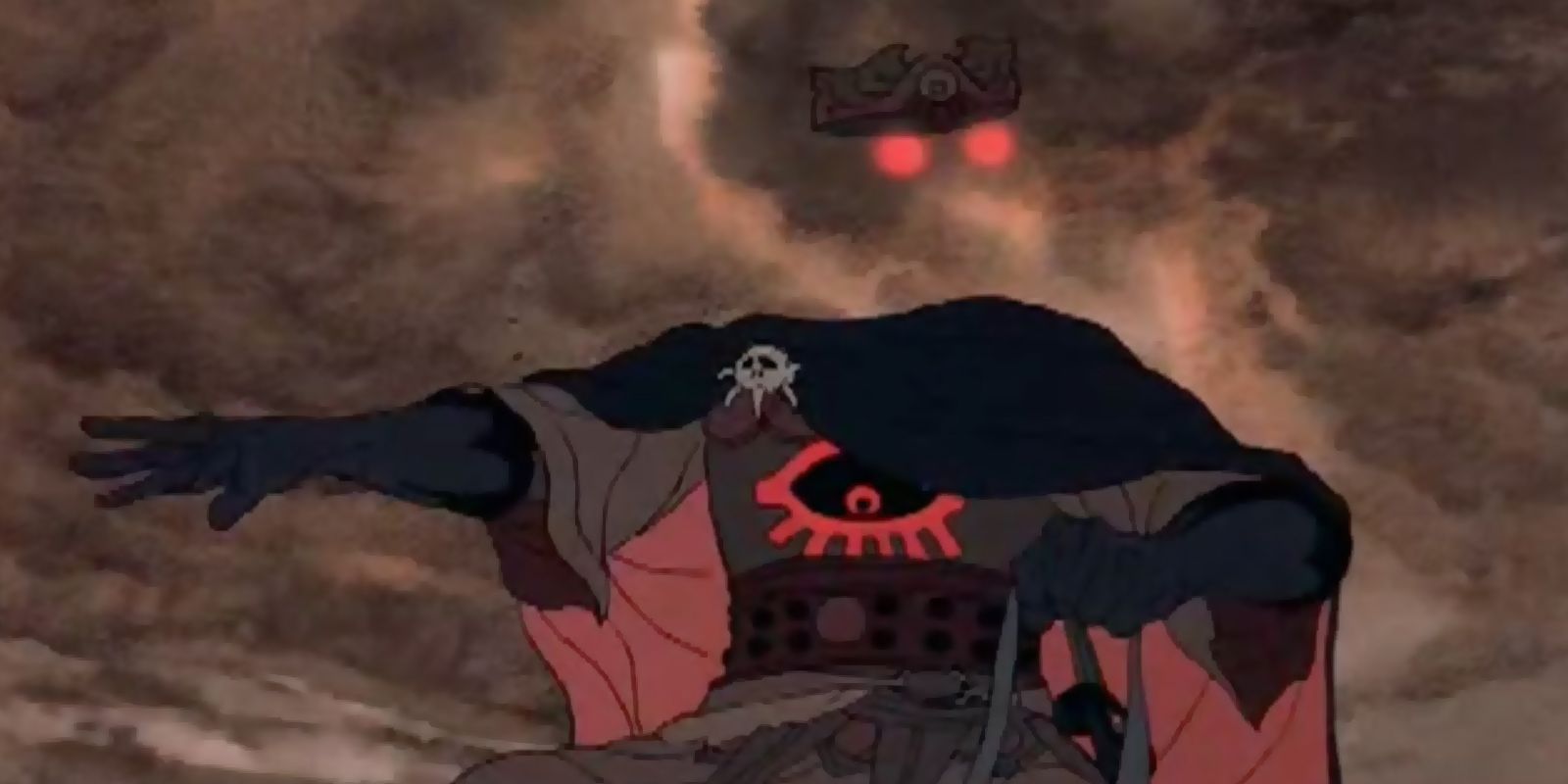
For the most part, The Lord of the Rings film trilogy did a great job at bringing the Nazgul to life in accordance with how they’re described on the page. However, the Witch-king of Angmar did undergo a few alterations in The Return of the King. To better distinguish him from his fellow Nazgul, the Witch-king was given additional armor and a large, pointed helm. In the novels, whenever his hood is thrown back, he is described as wearing a king’s crown, which floats atop his invisible head and his burning eyes of fire.
It’s easy to see why this was changed for the films, as a floating crown might have been more than a little cheesy.
However, it might shed more light onto the Witch-king’s personality before he became a wraith.
5 He’s the tallest of the Nazgul
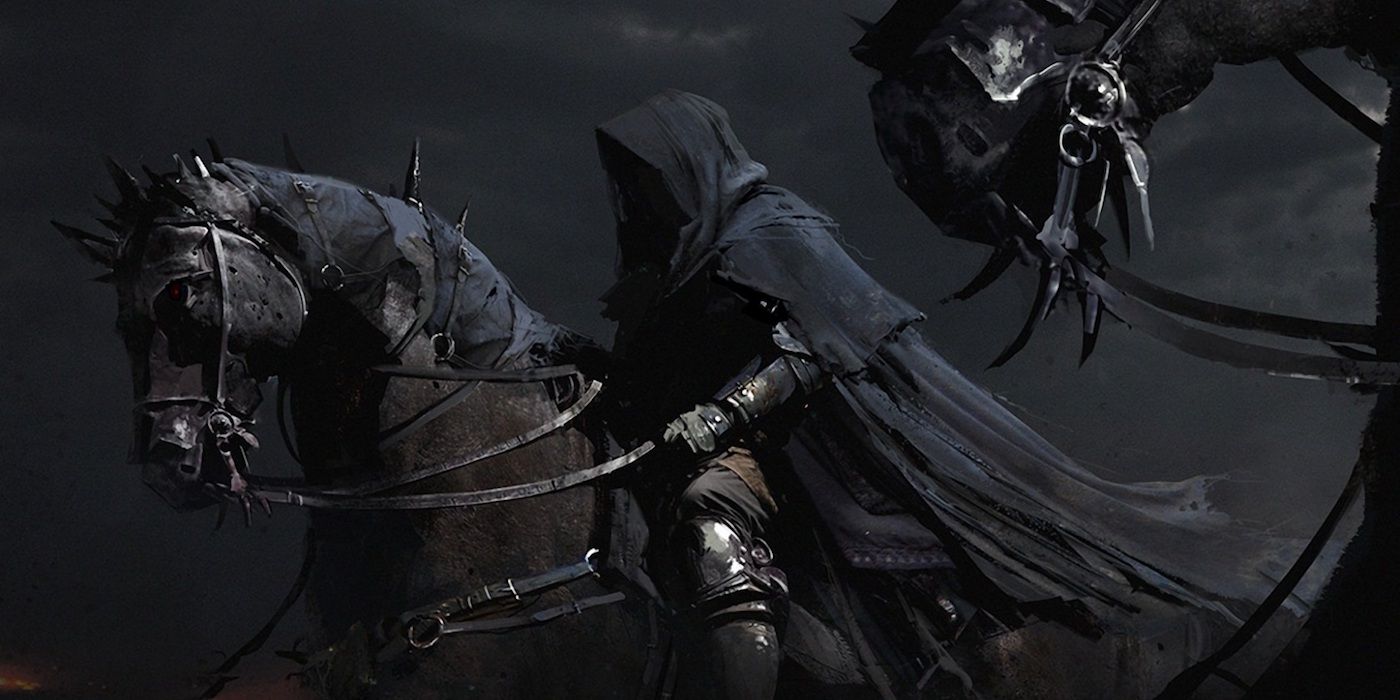
In a high fantasy tale like The Lord of the Rings, it only makes sense that the leader of the Nazgul would also be the most physically imposing. In the novels, the Witch-king is often described as the tallest and the most powerful of the Ringwraiths, which is also more than a little apparent on screen.
In fact, he almost seems to grow in height as the trilogy progresses. In The Fellowship of the Ring, he is largely indistinguishable from his fellow Nazgul. By the third film, he towers over most other characters. During his battle against Eowyn, the two characters are almost at eye level even after the Witch-king is brought to his knees, which helps explain why they used 6’4” actor Lawrence Makoare to portray the Black Captain in the third film.
4 He was portrayed by multiple actors in the films
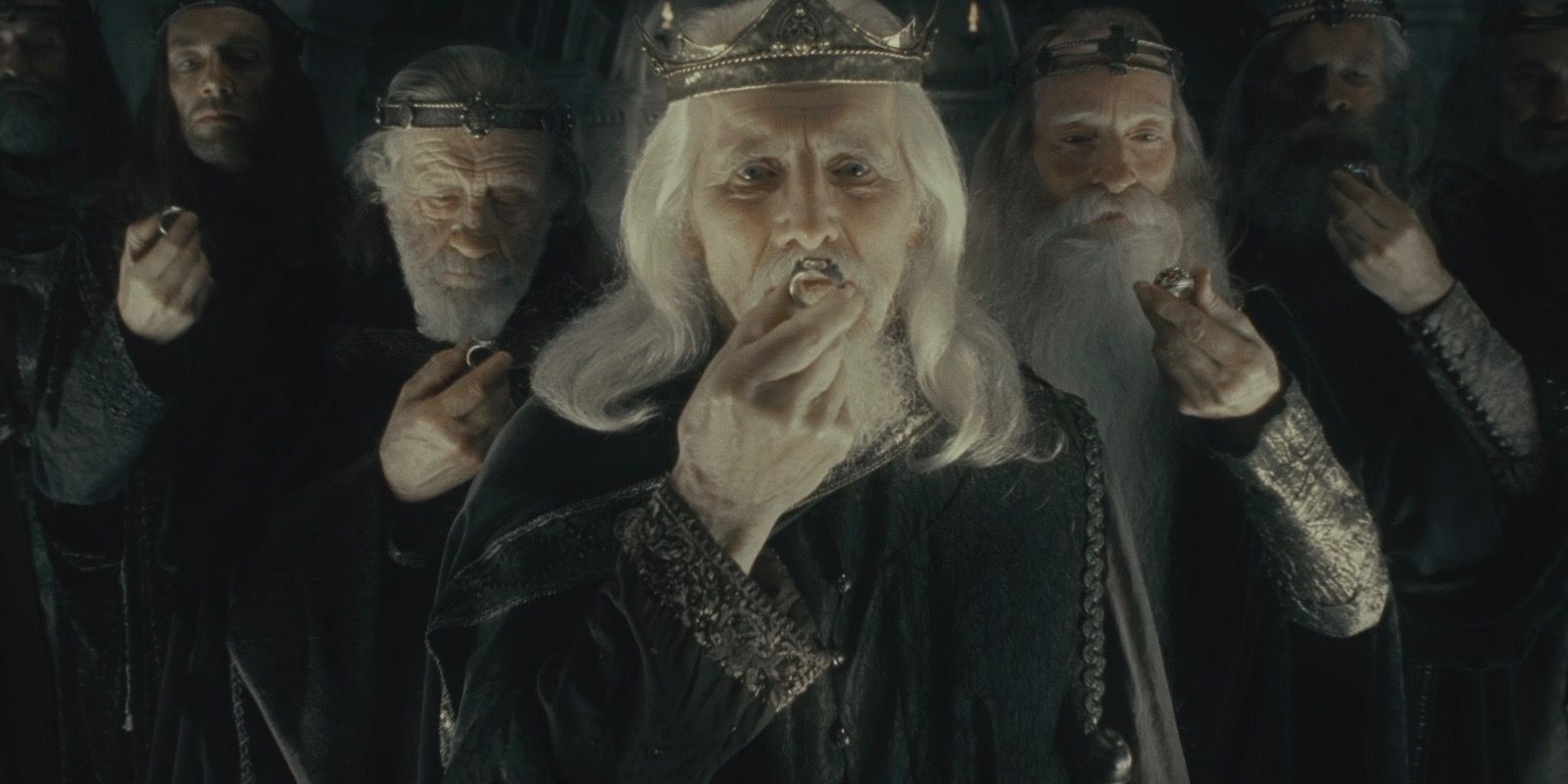
For a character who is concealed behind a cloak throughout the entirety of the film series, it wouldn't make much of a difference who the actor behind the mantel actually was. It makes even less of a difference considering the Nazgul are invisible without their black robes. Therefore, the Witch-king was portrayed by various actors throughout the trilogy.
Ben Price, a member of Weta Workshop-- which provided the costumes and effects for the films-- portrayed the character when he was in his human form in The Fellowship of the Ring.
In his wraith form, he was played by Brent McIntyre and Lawrence Makoare.
Makoare also portrayed a number of other villainous characters in the LOTR and Hobbit trilogy, including the Uruk-hai Lurtz and the orc Bolg.
3 He was voiced by Andy Serkis
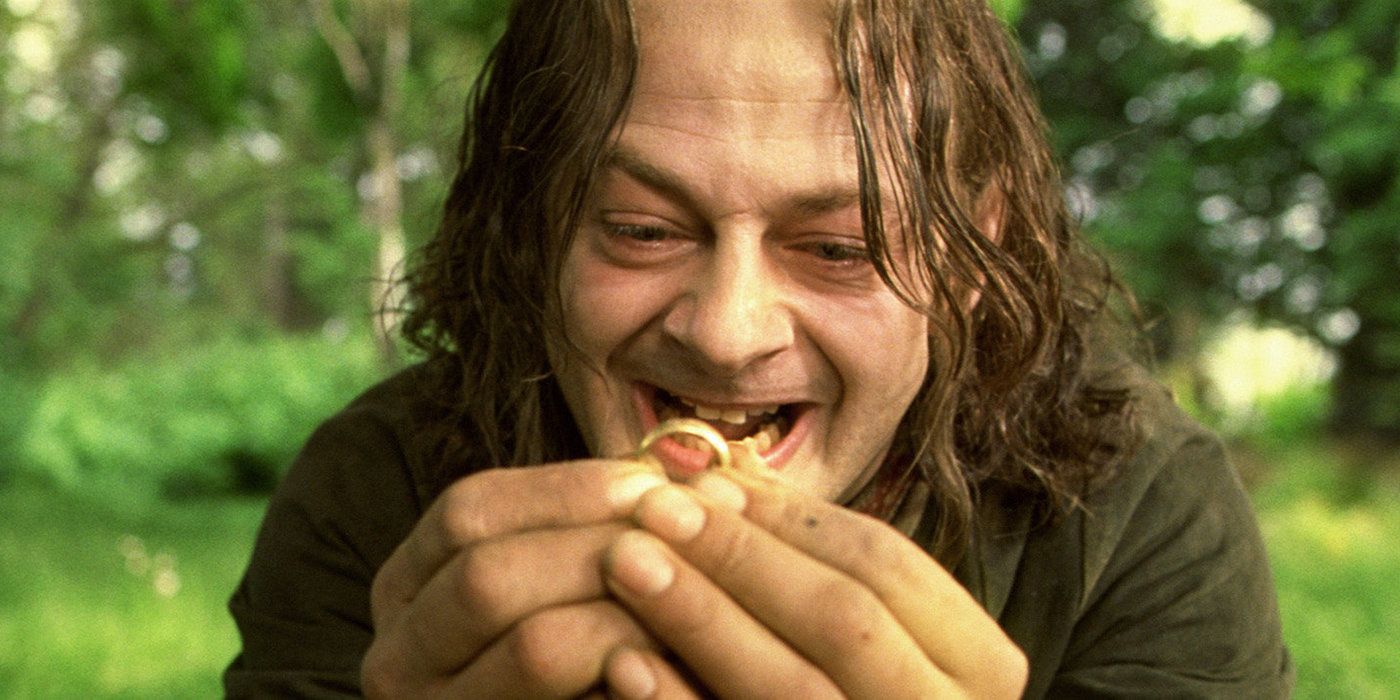
Ever since his portrayal as Gollum in The Lord of the Rings, Andy Serkis has been the go-to actor when it comes to computer-generated characters. Not only does he perfectly embody characters like King Kong, Caesar, and Supreme Leader Snoke, his voice-work is also something to be marveled over. This was on full display with his portrayal of the former ring-bearer.
Serkis actually voiced multiple characters in the trilogy. These included the orc Snaga, the Uruk Mauhur, as well as the Witch-king of Angmar — which brings the total up to at least four actors portraying the Black Captain in the Jackson movies. Serkis also voiced the leader of the Nazgul in the follow-up video game for The Return of the King.
2 A combination of magic and Eowyn destroys him
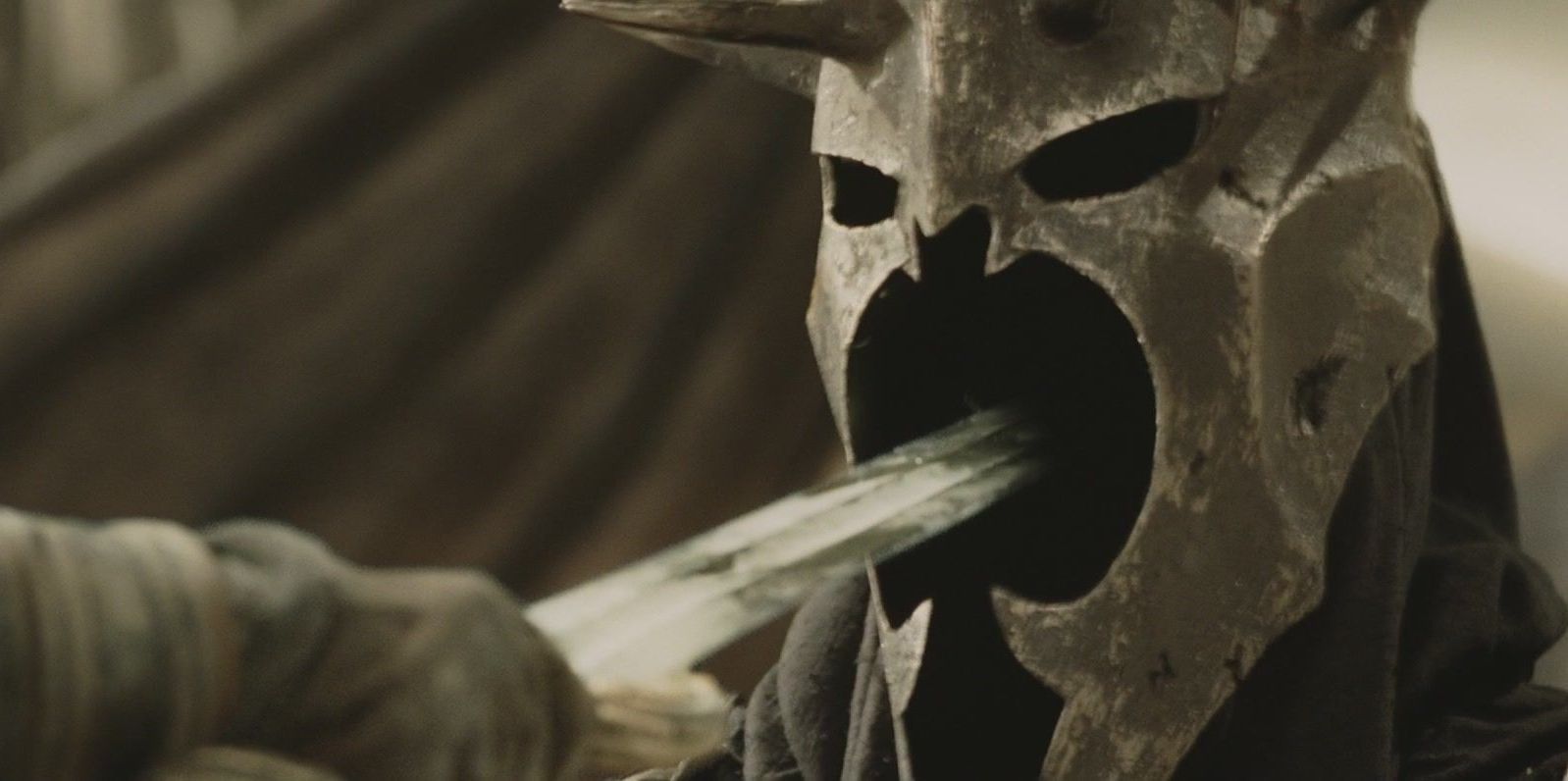
In both the novels and the film, the Witch-king of Angmar is slain by Eowyn and Merry during the Battle of Pelennor Fields. While the movies make it seem as though Eowyn’s gender is the real reason behind his defeat, as the Black Captain said that he could be slain by no man, this sequence of events is a little more complicated in the books.
While Eowyn does deliver the final blow, it is actually Merry who breaks the magic that protects the Witch-king.
He does so with a blade that he first acquired in the Barrow-downs outside of the Shire. However, the blade had been created much further west, where it was forged specifically to defeat a creature like the Witch-king.
1 He may not have met his demise after all
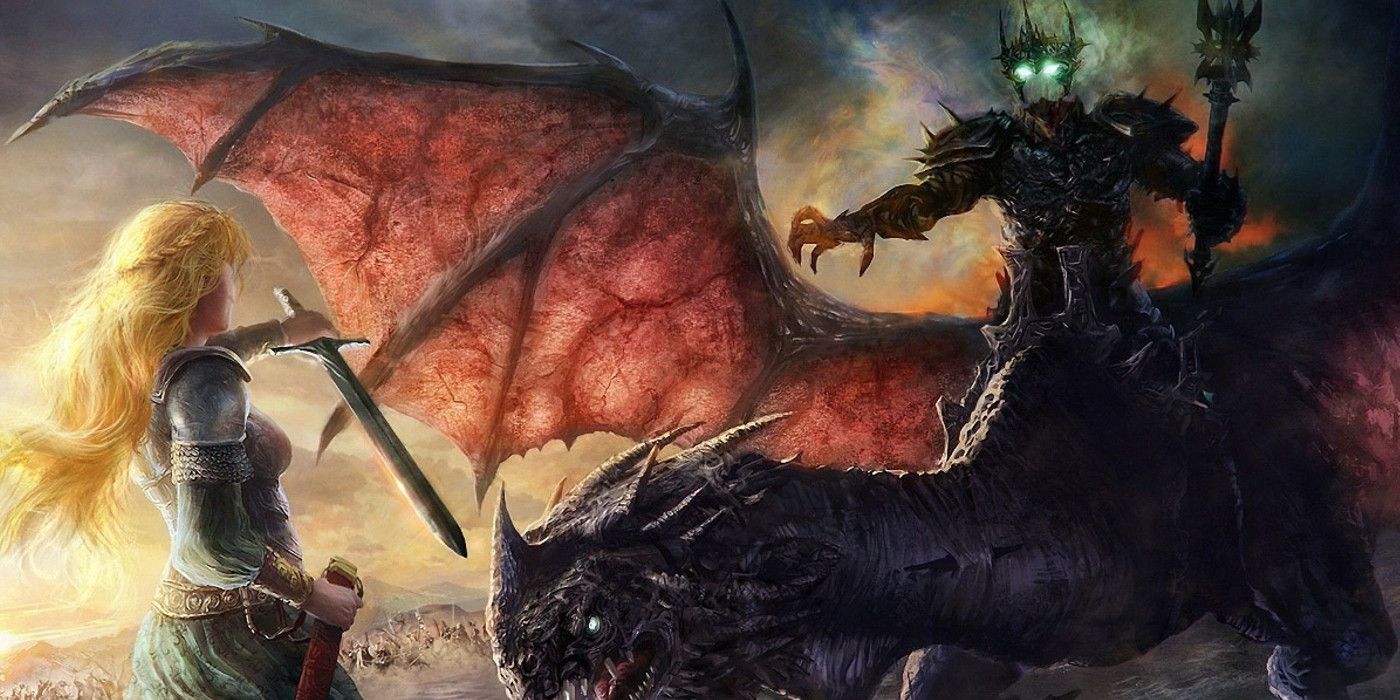
In The Return of the King, the leader of the Nazgul’s fate seems fairly set in stone when he is taken down by Eowyn and Merry. This seems even further solidified when the One Ring is destroyed, as the Witch-king’s powers were tied to Sauron’s. However, some have speculated that because the being is neither alive or deceased, the Witch-king might be immune to total defeat.
Even Tolkien himself said that the Witch-king was never heard from again during that age or part of the world. It’s always possible that he, along with the other eight Nazgul, could have reformed at some point in the distant future to carry out their own reign of terror without Sauron's guidance.
---
Did we miss anything about the Witch-king's crazy anatomy in The Lord of the Rings? Let us know!
from ScreenRant - Feed https://ift.tt/2Qiv6BT





No comments: